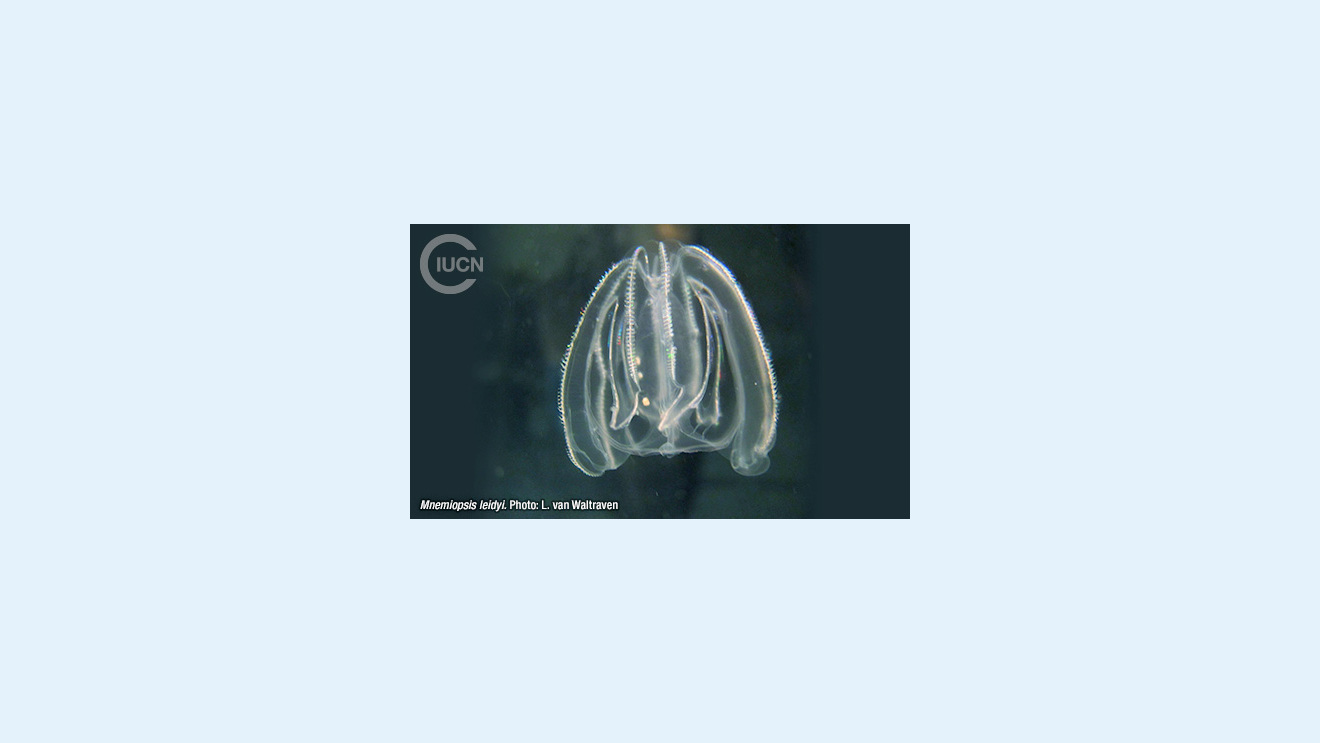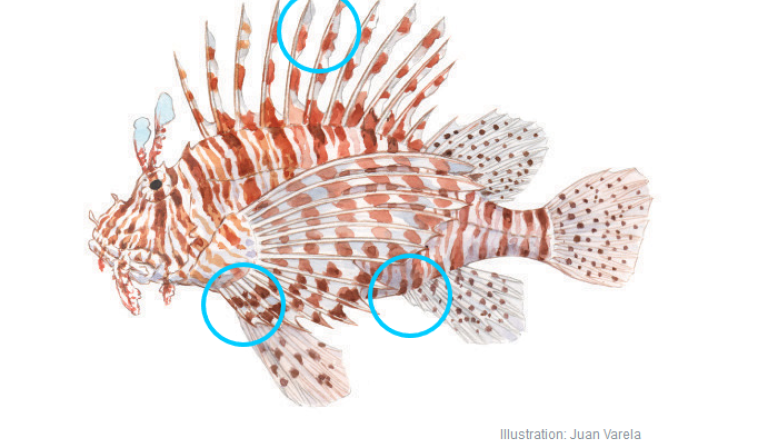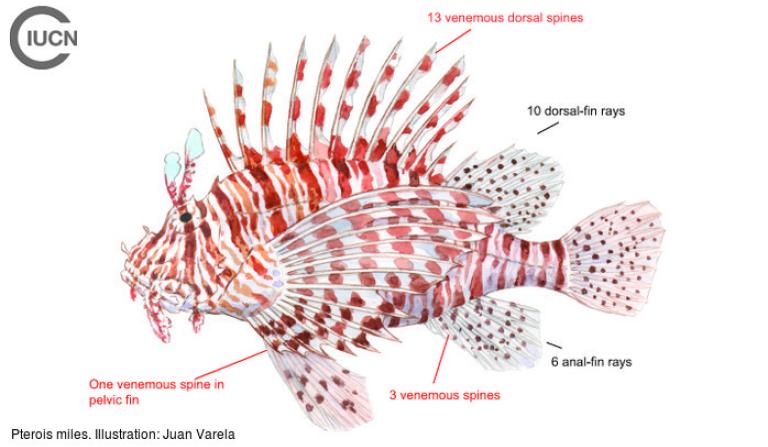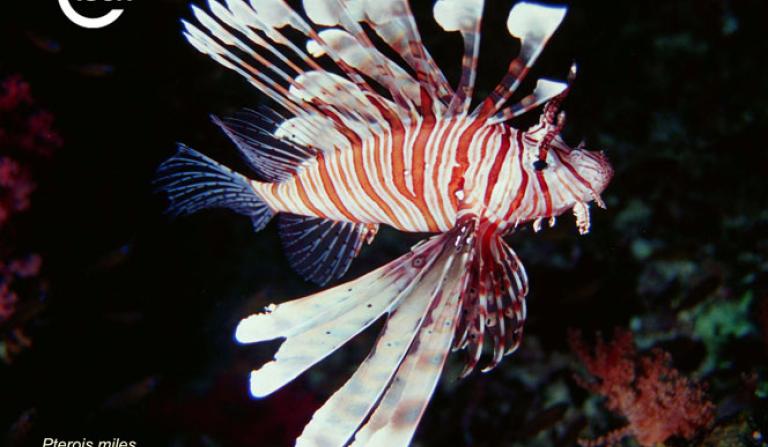Mnemiopsis leidyi
Information
This species can be found in the water column of shallow estuaries, bays and coastal marine waters forming large aggregations. It is capable of producing bioluminescence, and the ciliated bands may glow green at night. The animal is usually transparent or translucent.
Mnemiopsis leidyi has both male and female reproductive organs and is able to fertilize itself. It reproduces at a phenomenal rate: a large individual can release as many as 12,000 eggs a day. Under optimum temperature (15–30 °C) and nutrient conditions, eggs can hatch and develop into freeswimming adults within 14 days.
It also has the ability to regenerate from fragments larger than one-quarter of the body.
The most obvious distinguishing feature is the extent of the animal´s oral lobes: in M. leidyi, they span nearly the entire length of the body, while in native ctenophores and in Bolinopsis vitrea, another alien species, they only reach half-way along the body. Moreover, B. vitrea also lacks papillae (warts) on its body.
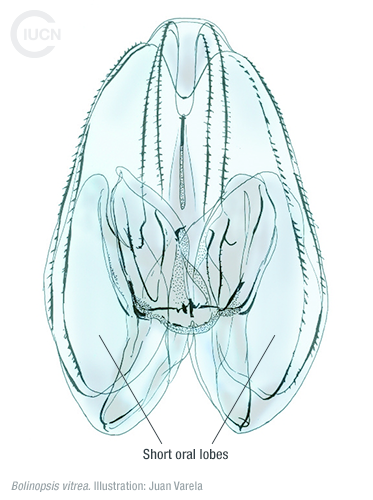
Native to the Atlantic coasts and estuaries of North and South America, Mnemiopsis leidyi was first introduced to the Black Sea via the ballast water of ships. The Black Sea M. leidyi population spread into the Sea of Marmara with the currents and thence into the north-western Aegean Sea, where it was first recorded in 1990. Soon afterwards, it was recorded off the Mediterranean coast of Turkey and in Syria. In the mid 2000s it appeared in France and the northern Adriatic Sea, and nowadays large blooms of this species are commonly reported in Israel, Italy and Spain.
It is a voracious feeder, preying on zooplankton, pelagic fish eggs and larvae. Large aggregations can reduce native zooplankton communities, have negative effects on fish feeding (by competition) and cause major trophic cascades in the marine food web, thereby affecting biodiversity. In the Black and Caspian Seas it caused the collapse of many fish stocks and affected the entire ecosystem, transforming pelagic food webs into comb-jelly food webs. Its effects on the Mediterranean are so far insignificant, or at least less dramatic.
This species has been nominated as one of the 100 ‘World's Worst’ invaders (IUCN, 2005).
Invasion by this species has caused significant harm to small-scale commercial fishing operations by reducing catches and fouling fishing gear. As it feeds on zooplankton, it consumes commercially important fish eggs and larvae and can affect local fish production, causing total stock depletion.
Blooms affect coastal tourism and can clog the cooling water intakes of industrial facilities and desalination plants.
Shiganova T. A. et al, 2001. Population development of the invader ctenophore Mnemiopsis leidyi, in the Black Sea and in other seas of the Mediterranean basin. Marine Biology 139, 431-445.
http://www.europe-aliens.org/pdf/Mnemiopsis_leidyi.pdf
Global Invasive Species Database: Mnemiopsis leidyi
http://www.issg.org/database/species/ecology.asp?si=95&fr=1&sts=

